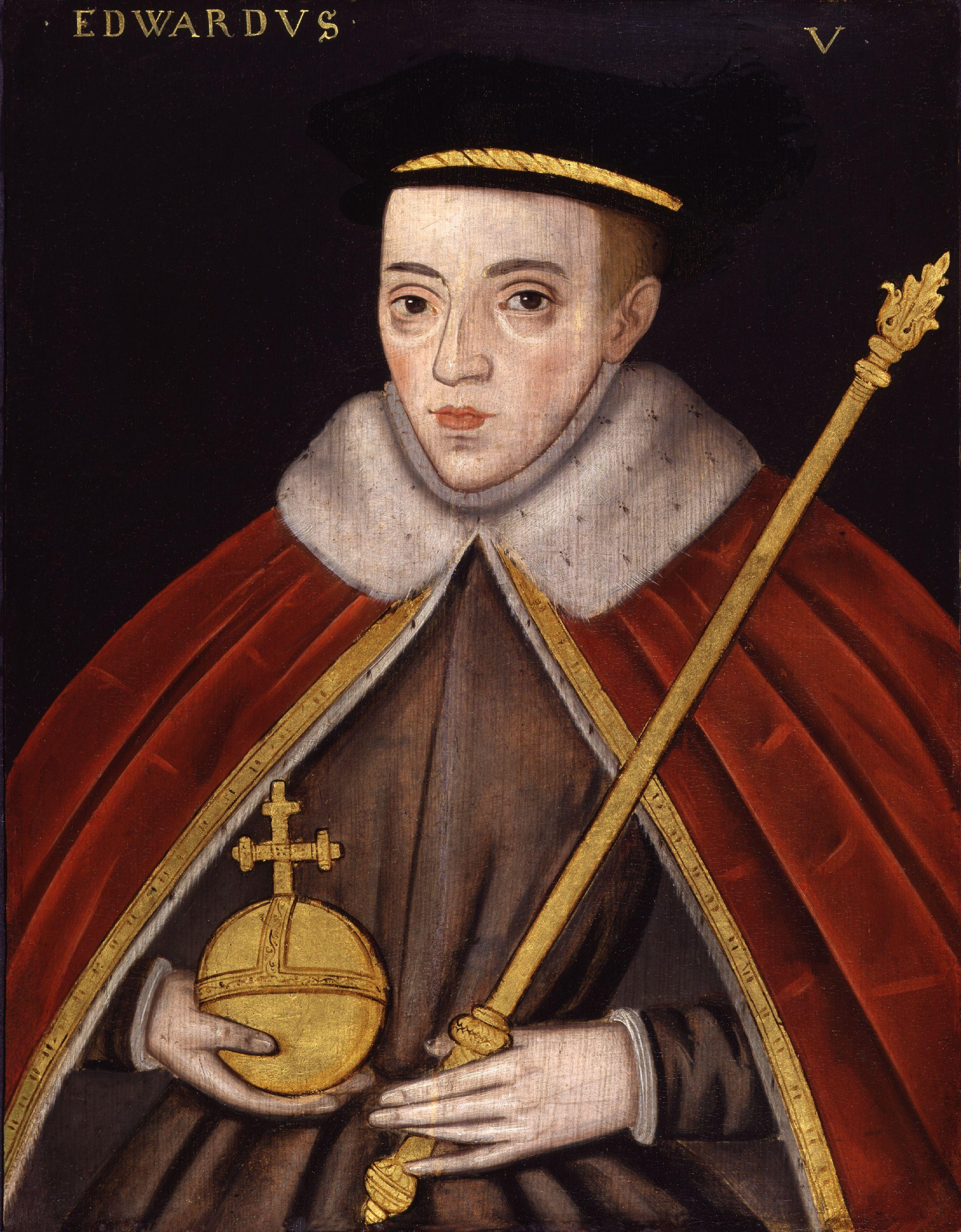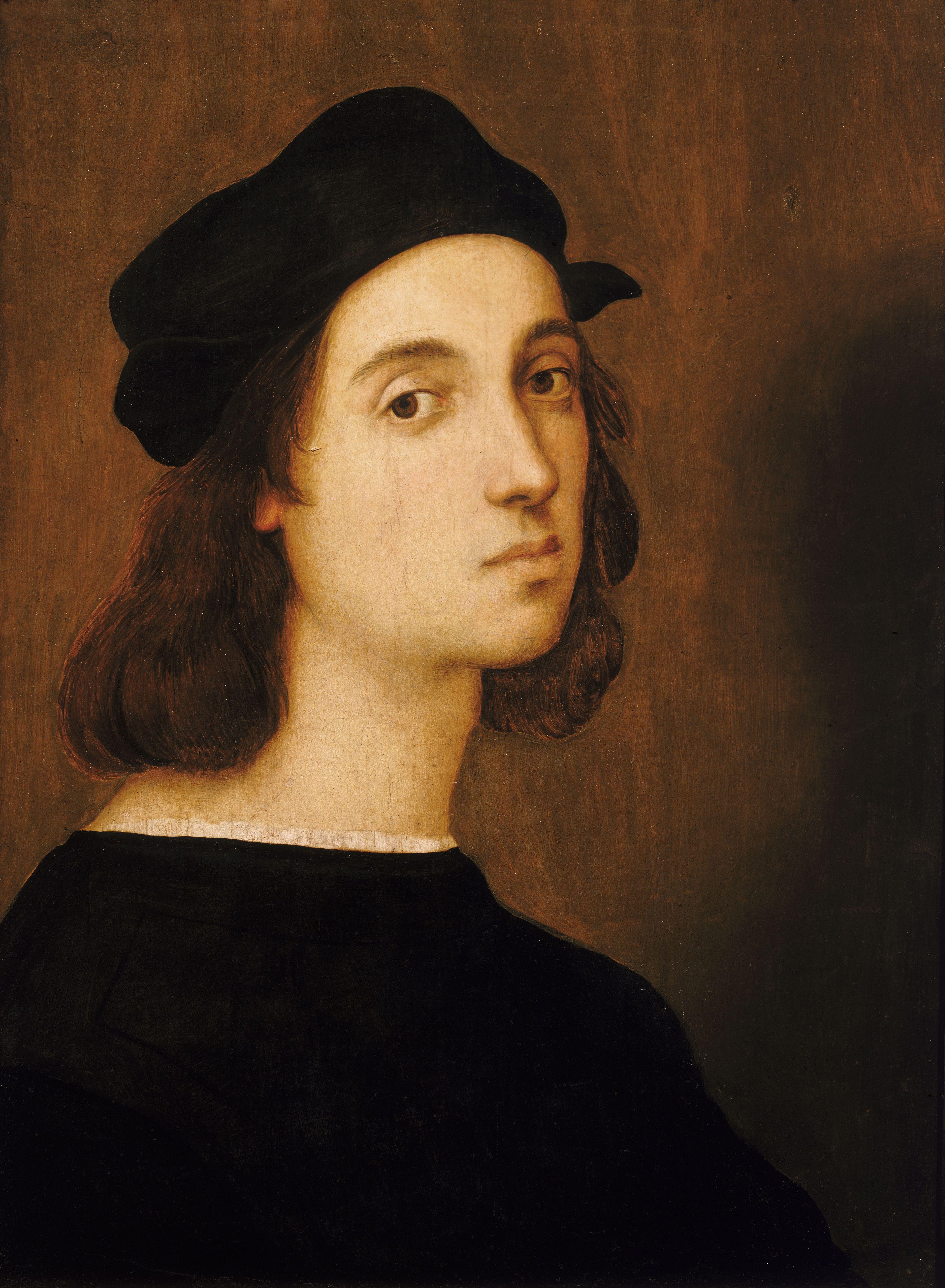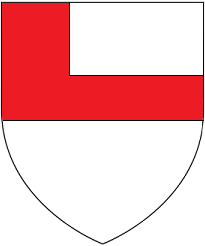|
Richard Grey
Sir Richard Grey (1457 – 25 June 1483) was an English knight and the half-brother of King Edward V of England. Early life Richard Grey was the younger son of Sir John Grey of Groby and Elizabeth Woodville. Richard was a 3-year-old child when his father was killed fighting for the House of Lancaster at the Second Battle of St Albans on 17 February 1461. When Richard was 6 his mother married the Yorkist king, Edward IV, in secret, on 1 May 1464. Richard first appeared on the public scene when he took part in the jousts to celebrate the creation of his half-brother Richard as Duke of York in 1474, a feat he repeated at the 4-year old Duke's marriage celebrations in 1478 to the 5-year old Anne de Mowbray. Knighthood Grey was knighted in 1475 and was nominated four times to membership of The Most Noble Order of the Garter between 1476 and 1482. His political role also started in 1475, the year he was knighted, when he began to serve in Wales and the bordering English countie ... [...More Info...] [...Related Items...] OR: [Wikipedia] [Google] [Baidu] |
Edward V Of England
Edward V (2 November 1470 – ) was King of England from 9 April to 25 June 1483. He succeeded his father, Edward IV, upon the latter's death. Edward V was never crowned, and his brief reign was dominated by the influence of his uncle and Lord Protector, the Duke of Gloucester, who deposed him to reign as King Richard III; this was confirmed by the ''Titulus Regius'', an Act of Parliament which denounced any further claims through Edward IV's heirs by delegitimising Edward V and all of his siblings. This was later repealed by Henry VII, who subsequently married Elizabeth of York, Edward V's eldest sister. Edward V and his younger brother, Richard of Shrewsbury, are known as the Princes in the Tower. They disappeared after being sent to heavily guarded royal lodgings in the Tower of London. Responsibility for their disappearance (and presumed deaths) is widely attributed to Richard III, who sent them to the Tower, but the lack of conclusive evidence and conflicting contempora ... [...More Info...] [...Related Items...] OR: [Wikipedia] [Google] [Baidu] |
Kidwelly
Kidwelly () is a town and community (Wales), community in Carmarthenshire, southwest Wales, approximately northwest of the most populous town in the county, Llanelli. At the 2021 United Kingdom census, 2021 census the community had a population of 3,689. It lies on the River Gwendraeth above Carmarthen Bay. The community includes Mynyddgarreg, Carmarthenshire, Mynyddgarreg and Llangadog. History The earliest written form of the name, 'Cetgueli', is recorded by the monk, Nennius, writing in the 9th century. One theory is that the name means the land, territory, or kingdom of Cadwal. Another theory is that the name is the combination of the two words ''Cyd'' (joint) and ''Gweli'' (bed), referring to the town's position adjoining the confluence of the rivers Gwendraeth Fawr and Gwendraeth Fach. One local legend is that Cunedda invaded the area in the 5th century but was killed and buried at a hill now called Allt Cunedda, north of Kidwelly. The substantial and well preserved ... [...More Info...] [...Related Items...] OR: [Wikipedia] [Google] [Baidu] |
Grey Family
The Grey family () is an English family, descending from the Anglo-Norman de Greye family. The patriarch of the family was Anchetil de Greye, a Norman chevalier and vassal of William FitzOsbern, 1st Earl of Hereford, one of the few proven companions of William the Conqueror known to have fought at the Battle of Hastings in 1066. The Greys were ennobled during the 13th century as Barons Grey of Codnor, of Ruthyn and of Wilton. Some members of the family were later elevated as viscounts, earls, marquesses, dukes, and in the 16th century, one member became monarch, albeit briefly. Among them, King Edward VI declared his cousin Lady Jane Grey, "the Nine Days Queen", to be his successor as monarch of England and Ireland, and on his death, she reigned from 10 July through 19 July 1553 (according to her claim as the great-granddaughter of King Henry VII via her parents Henry Grey, 1st Duke of Suffolk, and Frances Grey, Duchess of Suffolk, daughter of Mary Tudor, Queen of France ... [...More Info...] [...Related Items...] OR: [Wikipedia] [Google] [Baidu] |
15th-century English Military Personnel
The 15th century was the century which spans the Julian calendar dates from 1 January 1401 (represented by the Roman numerals MCDI) to 31 December 1500 (MD). In Europe, the 15th century includes parts of the Late Middle Ages, the Early Renaissance, and the early modern period. Many technological, social and cultural developments of the 15th century can in retrospect be seen as heralding the " European miracle" of the following centuries. The architectural perspective, and the modern fields which are known today as banking and accounting were founded in Italy. The Hundred Years' War ended with a decisive French victory over the English in the Battle of Castillon. Financial troubles in England following the conflict resulted in the Wars of the Roses, a series of dynastic wars for the throne of England. The conflicts ended with the defeat of Richard III by Henry VII at the Battle of Bosworth Field, establishing the Tudor dynasty in the later part of the century. Constantino ... [...More Info...] [...Related Items...] OR: [Wikipedia] [Google] [Baidu] |
Executed English People
Capital punishment, also known as the death penalty and formerly called judicial homicide, is the state-sanctioned killing of a person as punishment for actual or supposed misconduct. The sentence ordering that an offender be punished in such a manner is called a death sentence, and the act of carrying out the sentence is an execution. A prisoner who has been sentenced to death and awaits execution is ''condemned'' and is commonly referred to as being "on death row". Etymologically, the term ''capital'' (, derived via the Latin ' from ', "head") refers to execution by beheading, but executions are carried out by many methods, including hanging, shooting, lethal injection, stoning, electrocution, and gassing. Crimes that are punishable by death are known as ''capital crimes'', ''capital offences'', or ''capital felonies'', and vary depending on the jurisdiction, but commonly include serious crimes against a person, such as murder, assassination, mass murder, child murder, ... [...More Info...] [...Related Items...] OR: [Wikipedia] [Google] [Baidu] |
People Executed Under The Yorkists
The term "the people" refers to the public or common mass of people of a polity. As such it is a concept of human rights law, international law as well as constitutional law, particularly used for claims of popular sovereignty. In contrast, a people is any plurality of persons considered as a whole. Used in politics and law, the term "a people" refers to the collective or community of an ethnic group or nation. Concepts Legal Chapter One, Article One of the Charter of the United Nations states that "peoples" have the right to self-determination. Though the mere status as peoples and the right to self-determination, as for example in the case of Indigenous peoples (''peoples'', as in all groups of indigenous people, not merely all indigenous persons as in ''indigenous people''), does not automatically provide for independent sovereignty and therefore secession. Indeed, judge Ivor Jennings identified the inherent problems in the right of "peoples" to self-determination, as i ... [...More Info...] [...Related Items...] OR: [Wikipedia] [Google] [Baidu] |
1483 Deaths
Year 1483 (Roman numerals, MCDLXXXIII) was a common year starting on Wednesday of the Julian calendar. Events January–December * January 1 – The Jews are expelled from Andalusia. * February 11 – The ''General Council of the Inquisition'' is created in Spain. * April 9 – Edward V of England, Edward V becomes King of Kingdom of England, England. * April 29 – Gran Canaria, the main island of the Canary Islands, is conquered by the Kingdom of Castile, a very important step in the expansion of Spain. * April 30 – Pluto moves inside Neptune's orbit until July 23, 1503, according to modern orbital calculations. * April – King Edward V of England and his younger brother Richard, Duke of York (Prince in the Tower), Richard, Duke of York reside in the Tower of London. Later this year, rumors of their murders start circulating. By December the rumors have reached France. This is the beginning of the mystery concerning the fates of the two Pr ... [...More Info...] [...Related Items...] OR: [Wikipedia] [Google] [Baidu] |
1450s Births
*
{{Number disambiguation ...
145 may refer to: *145 (number), a natural number * AD 145, a year in the 2nd century AD *145 BC, a year in the 2nd century BC * 145 (dinghy), a two-person intermediate sailing dinghy * 145 (South) Brigade, a regional brigade of the British Army that saw active service in both the First and the Second World Wars * 145 (New Jersey bus), a New Jersey Transit bus route * 145 Adeona, a main-belt asteroid * Alfa Romeo 145, a 3-door hatchback * Honda 145, a compact car See also * List of highways numbered 145 The following highways are numbered 145: Australia * Lower Barrington Road, Paloona Road, Melrose Road, Bellamy Road, Forthside Road (Tasmania) * Inverleigh–Winchelsea Road (Victoria) Canada * Winnipeg Route 145 * New Brunswick Route 145 * ... [...More Info...] [...Related Items...] OR: [Wikipedia] [Google] [Baidu] |
Pontefract Castle
Pontefract (or Pomfret) Castle is a castle ruin in the town of Pontefract, in West Yorkshire, England. King Richard II of England, Richard II is thought to have died there. It was the site of a series of famous sieges during the 17th-century English Civil War. History The castle, on a rock to the east of the town above All Saints' Church, was constructed in approximately 1070 by Ilbert de Lacy on land which had been granted to him by William the Conqueror as a reward for his support during the Norman Conquest. There is, however, evidence of earlier occupation of the site. Initially the castle was a wooden structure which was replaced with stone over time. The Domesday Survey of 1086 recorded "Ilbert's Castle" which probably referred to Pontefract Castle. Robert de Lacy failed to support King Henry I of England, Henry I during his power struggle with his brother, and the King confiscated the castle from the family during the 12th century. Roger de Lacy (1170–1211 ... [...More Info...] [...Related Items...] OR: [Wikipedia] [Google] [Baidu] |
Stony Stratford
Stony Stratford is a market town in Buckinghamshire and a constituent town of Milton Keynes, England. It is located on Watling Street, historically the Roman road from London to Chester. It is also a civil parish with a town council in the City of Milton Keynes. It is in the north-west corner of the Milton Keynes urban area, bordering Northamptonshire and separated from it by the River Great Ouse. In 2011 the parish had a population of 7736. History Since at least Roman times, there has been a settlement here at the ford of Watling Street over the Great Ouse. The town's market charter dates from 1194 and its status as a town from 1215. The town name is Anglo-Saxon in origin, and means "stony ford on a Roman road". The road in this instance is Watling Street, which runs through the middle of the town and crosses the River Ouse just outside it (nowadays by bridge). In 1789, at Windmill Field (probably) in the parish of Old Stratford near Stony Stratford, an urn was un ... [...More Info...] [...Related Items...] OR: [Wikipedia] [Google] [Baidu] |
Richard III Of England
Richard III (2 October 1452 – 22 August 1485) was King of England from 26 June 1483 until his death in 1485. He was the last king of the Plantagenet dynasty and its cadet branch the House of York. His defeat and death at the Battle of Bosworth Field marked the end of the Middle Ages in England. Richard was created Duke of Gloucester in 1461 after the accession to the throne of his older brother Edward IV. This was during the period known as the Wars of the Roses, an era when two branches of the royal family contested the throne; Edward and Richard were Yorkists, and their side of the family faced off against their Lancastrian cousins. In 1472, Richard married Anne Neville, daughter of Richard Neville, 16th Earl of Warwick, and widow of Edward of Westminster, son of Henry VI. He governed northern England during Edward's reign, and played a role in the invasion of Scotland in 1482. When Edward IV died in April 1483, Richard was named Lord Protector of the realm for Ed ... [...More Info...] [...Related Items...] OR: [Wikipedia] [Google] [Baidu] |
Anthony Woodville, 2nd Earl Rivers
Anthony Woodville, 2nd Earl Rivers (c. 144025 June 1483), was an English nobleman, courtier, bibliophile and writer. He was the brother of Queen Elizabeth Woodville who married King Edward IV. He was one of the leading members of the Woodville family, which came to prominence during the reign of King Edward IV. After Edward's death, he was arrested and then executed by the Duke of Gloucester (the future King Richard III) as part of a power struggle between Richard and the Woodvilles. His English translation of '' The Dictes and Sayings of the Philosophers'' is one of the first books printed in England. This presents a detailed biography. Origins He was the eldest son to survive childhood of Richard Woodville, 1st Earl Rivers, by his wife Jacquetta of Luxembourg. His sister was Elizabeth Woodville, who married King Edward IV and became queen. Career Like his father, he was originally a Lancastrian, fighting on that side at the Battle of Towton, but later became a Yorki ... [...More Info...] [...Related Items...] OR: [Wikipedia] [Google] [Baidu] |







